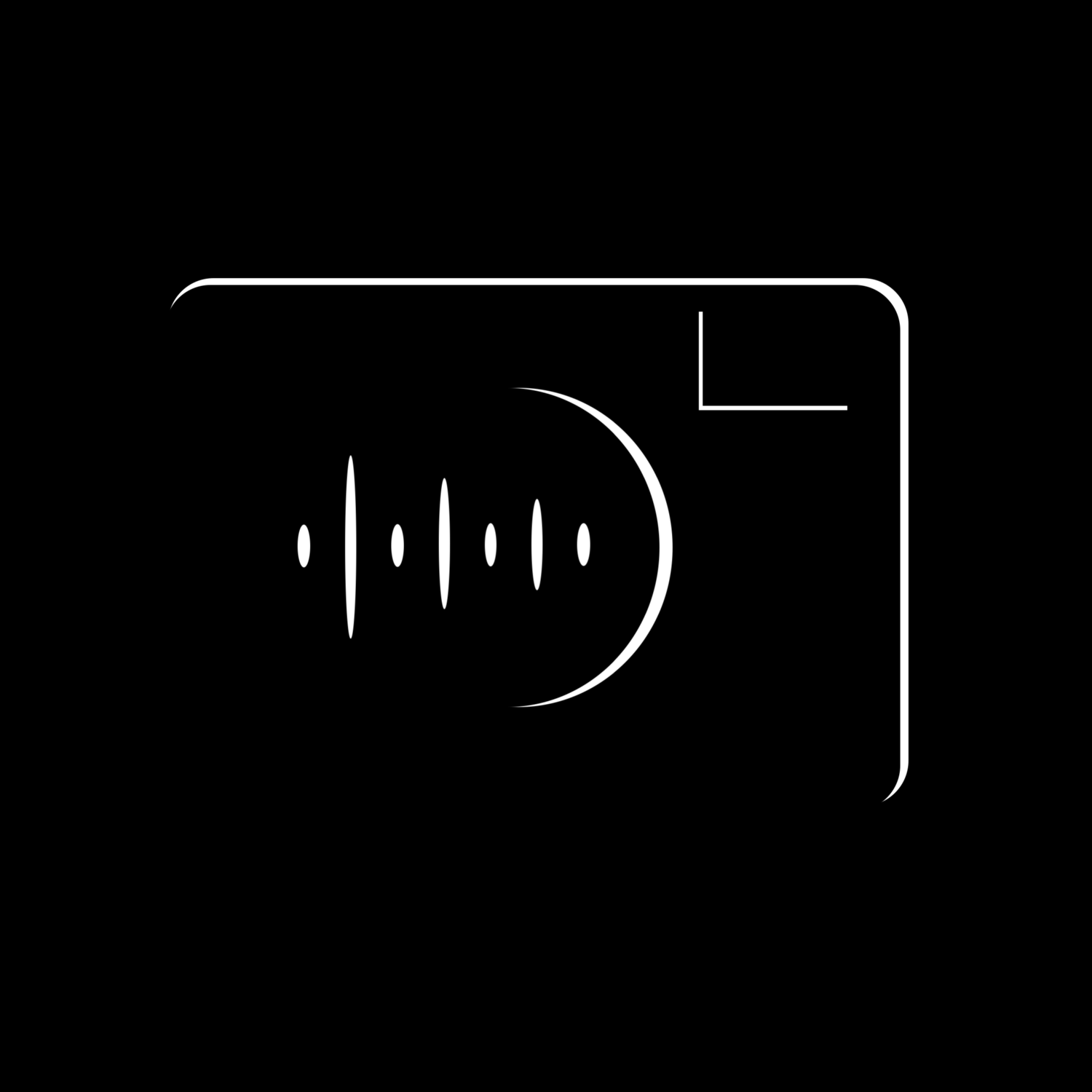COMFORTABLE BEING UNCOMFORTABLE
©️Kevin Hooks | Los Angeles 2021
I’ve had a fascination with photography since the age of twelve, when I was working as an actor on my first feature film ‘Sounder’ in 1972. I was overcome with curiosity whenever the camera crew would set up the big movie cameras for a scene. The whole process was a major undertaking and was meticulously laid out. Beginning with specific camera placement, to building elaborate dolly track and big cranes, to patiently waiting for that ‘decisive moment’ when the sun was in exactly the right place to begin shooting.
I loved it when the camera operators would treat me to a ride on the dolly and let me look through the lens while they were preparing a shot. On a smaller scale, I was also constantly intrigued by the amazing ‘Polaroid’ camera being used by the wardrobe department for scene continuity. What a marvelous device! Snap the picture , pull the tab, and watch the magic appear before your very eyes! On my thirteenth birthday, my parents surprised me with a brand new Polaroid camera of my own and I was absolutely thrilled! These were my first lessons in image making, and little did I know how much those early experiences would influence my eventual career as a filmmaker, and as a photographer.
Over my 37 year career as a film and television director, I had the good fortune of working with some of the industry’s most talented cinematographers and still photographers. A few of them I worked with multiple times, and the one thing that impressed me the most about them was how much their work had grown from the last time we’d collaborated. I realized that they were consistently challenging themselves to move out of their ‘comfort zone’ as artists, in spite of how ‘uncomfortable’ the process may have been.
Each project brings with it new and exciting challenges that must be embraced with fresh eyes and an open mind if you are looking to be innovative. Pushing the boundaries and exploring new ideas is what true creativity is all about. That is exactly the reason why it’s always been so difficult for me to look back on my own work as a director, or a photographer, for any purpose other than to see how I can improve upon it.
©️Kevin Hooks | Los Angeles 2021
Being on lockdown on and off again during the pandemic, I’ve spent a significant amount of time, like most of you I’m sure, reviewing old photo archives looking for a fresh perspective on my work. Unsurprisingly, I haven’t found very much that appealed to me. Honestly, in most cases, I don’t even recognize the photographer I was just a couple of years ago. The work seems foreign to me. My sensibilities are much different now, and my expectations are at a much higher standard. As frustrating as that has been at times, I see it as a positive perspective because it means that I’m continuing to learn and move the work forward, which is vitally important for any artist.
©️Kevin Hooks | Los Angeles 2021
I’d love to have the chance to ask Picasso how ‘comfortable’ he was with his move to cubism, but I would imagine in some way he must have known the risks involved in going so far off the beaten path. That being said, he was more motivated by his creative instincts than any concern for the work being misunderstood, or worse yet, flat out rejected. As it turned out the result was a revolutionary new art form that took the world by storm and is still emulated to this day.
The point is, what fulfills and nourishes us as artists is finding new ideas and fresh techniques that inspire us to become better photographers, and sharing that knowledge with other like minded people looking to do the same. This is one of the primary reasons I enjoy being a part of Stolen Echoes. I’m learning from my peers every day and I have a safe place to be creative without being judged.
The artist we are today is not who we were yesterday, or will be tomorrow. So just keep moving forward, challenging yourself in your work, and keep reminding yourself, it’s okay to be comfortable with the uncomfortable.
